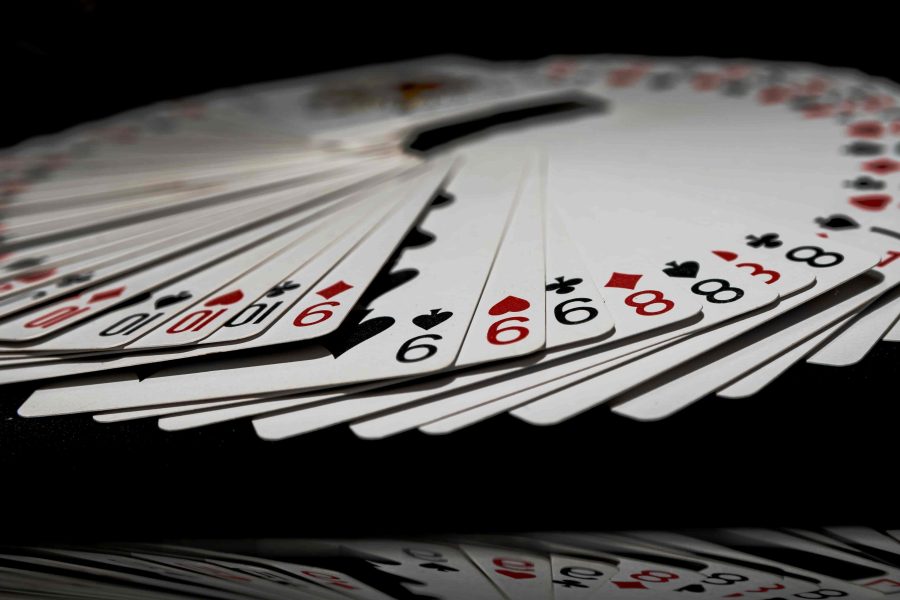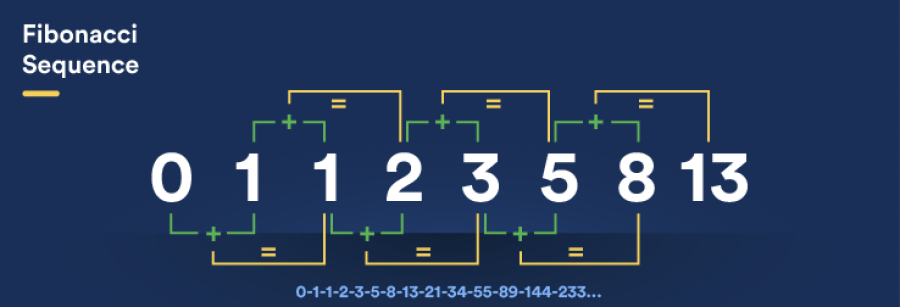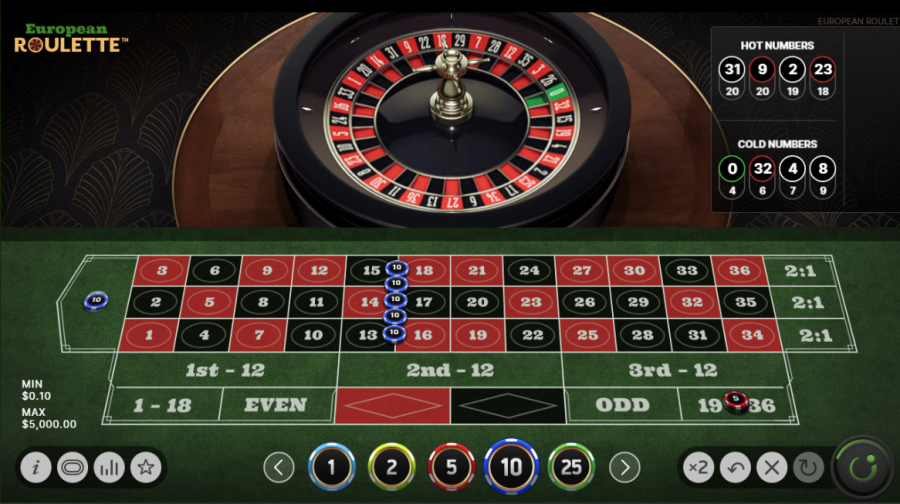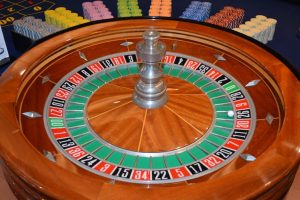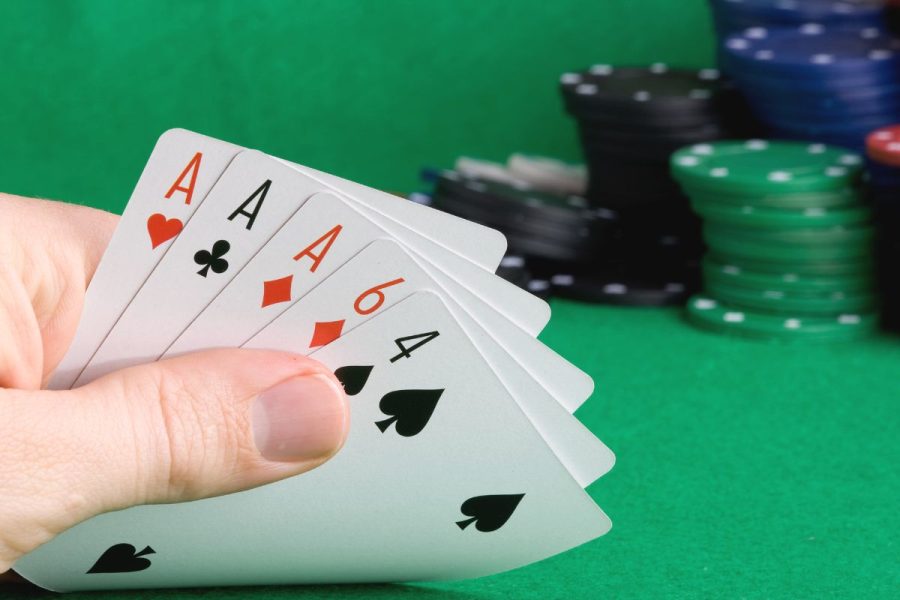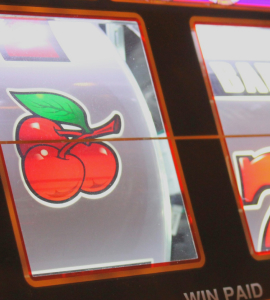The Fibonacci system is a sequence of numbers that can be applied to betting on casino or sports games. Often referred to as the Fibonacci sequence, created by Italian mathematician Leonardo Fibonacci, this system dictates staking levels by adding numbers together, with the overriding target being to end the session in profit.
So, how can we apply this system to online gambling? Find out how by reading our Fibonacci betting system guide. We tell you how the strategy works, what casino games it can be applied to (clue – it’s not all of them), and tips on how to use it effectively.
What is the Fibonacci System?
The Fibonacci sequence is a progressive projection betting system that can be applied successfully to gambling. The Fibonacci betting system requires you to add the previous two numbers (in betting terms, adding together your previous two stakes) in the sequence to determine the level of your next wager. Every time a wager loses, you add a number to the sequence but if your next wager is a winner, you subtract two numbers.
The Fibonacci system works well for games that have a low house edge. Blackjack is a good example because the house edge tends to hover around 2%. Sports bets at -105 or -110 would also work well.
Low-risk wagers like these work best because you are unlikely to go on long losing runs betting close to 50:50. In betting terms, this means you are also unlikely to get close to the maximum wager amount for the game you are playing. Hitting the maximum wager amount would have serious implications on the effectiveness of the system.
The overriding goal of this system is that you will win enough to cover previous losses and make a profit, irrespective of the length of the losing run.
How Does the Fibonacci Sequence Work?
The Fibonacci system, made up of Fibonacci numbers, looks like this: 0, 1, 1, 2, 3, 5, 8, 13, 21, 34, 55, 89, 144, 233, 377, and so on. The sequence works by adding the previous two numbers together to determine the next number. The Fibonacci sequence is based on successive Fibonacci numbers within the golden ratio, which is then applied to your staking pattern.
However, it is not quite as simple as just adding up two consecutive Fibonacci numbers to determine a stake. As you win or lose, the sequence moves in a see-saw manner, with numbers (betting units) being added if your bet loses, or erased if it wins, as you go through a session.
There is no limit to how long you can use the Fibonacci sequence when it comes to staking, providing you stay within maximum bet limits. This system should ensure that you walk away with at least some profits from your casino session. But that’s something even a legendary Italian mathematician would suggest.
Examples of a Fibonacci System
Here are a few examples of how a Fibonacci betting strategy would work in practice.
Example #1:
- Fibonacci sequence is 0, 1, 1, 2.
- Your bet stake is 3 units (1+2).
- Your bet loses; the new sequence is 0, 1, 1, 2, 3 – meaning your stake would be 3 units.
Example #2
- Fibonacci sequence is 0, 1, 1, 2, 3, 5.
- Your bet stake is 8 units (3+5).
- Your bet wins; the new sequence is 0, 1, 1, 2 – meaning your stake would be 2 units.
Example #3
- Fibonacci sequence is 0, 1, 1, 2, 3, 5, 8, 13, 21, 34.
- Your bet stake is 55 units (21+34).
- Your bet wins; the new sequence is 0, 1, 1, 2, 3, 5, 8, 13 – meaning your stake would be 13 units.
Try out the Fibonacci System for free at BetOnline today!
100% Casino Welcome Bonus Up to $1,000 100% Casino Welcome Bonus Up to $1,000
Fibonacci System Pros and Cons
As with any system, Fibonacci betting is not perfect. With that in mind, let’s highlight the pros and cons.
Pros:
- Decreases the chance of losing big.
- Results in a profit in most gambling sessions.
- Increases the excitement of gambling versus flat betting.
- Works on multiple types of casino or sports games.
Cons:
- Relatively complicated system compared to Martingale or D’Alembert.
- Doesn’t ultimately overcome the house edge.
- The increase in staking can accelerate losses.
- No clearly defined endpoint, unlike Labouchere or Paroli.
- Often requires a large bankroll to withstand losing runs.
Using the Fibonacci System for Roulette
With three even money (1:1) bets available, roulette is one of the most popular casino games for a Finobacci betting system. These three Fibonacci roulette bet options are:
- High/low – Bet on high (19-36) or low (1-18) numbers.
- Odd/even – Wager on odd or even numbers.
- Red/black – Bet on red or black pockets.
If you win, you must erase two numbers from the sequence. If hit a loser, you add one number (the two combined previous digits) to the end of the sequence.
It is also worth bearing in mind that different types of Finobacci roulette games carry a different house advantage (edge). Ideally, you really want to be playing French or European Roulette versions, if possible, which carry a house edge of 1.35% and 2.7%, respectively. American roulette, with its double zero wheels, has an edge of 5.26%, which is a marked swing in the house’s favor. With this in mind, make sure you’re playing at the best roulette table for your bankroll.
Fibonacci Betting Strategy at a Blackjack Table
The binary nature of blackjack makes it an ideal game to adopt the Fibonacci sequence. There are elements of the Fibonacci sequence in blackjack, such as doubling down and splitting which increase the original stake which complicates matters to a degree but you can overcome this by simply doubling your stake after a loss or starting the sequence over after hitting a winning hand. Here’s an example:
- You bet 3 units (0, 1, 1, 2) to start the hand.
- You double down (6 units on the table).
- Your hand loses.
- The next bet will be 12 units.
- If you win this wager, you’ll start the Fibonacci blackjack sequence over (0, 1).
Boost your bankroll at the Bovada Casino by cashing in on their lucrative welcome bonus!
Get Up to $3,750 Welcome Bonus Get Up to $3,750 Welcome Bonus
Fibonacci Betting with Other Casino Games
Several other casino games can have the Finobacci system applied to them because they have at least one even-money bet. Here are just a few:
- Baccarat – Banker and player bets offer even-money payouts in Baccarat. Banker wagers have a 1.06% house edge, while the player side bet carries a 1.24% house advantage.
- Craps – Even money lines in Craps include pass line, don’t pass line, come, and don’t come. The lowest house edge wagers are the don’t pass line and don’t come, both of which have house edges of 1.36%.
- Pai Gow Poker – Winning hands pay 0.95:1, which is just shy of even money but close enough for the Finobacci system to work successfully. The probabilities in Pai Gow poker indicate that you should win around half of your hands, ignoring pushes.
- Video Poker – Games like Jacks or Better see you win over 45% of the hands, using optimal strategy, which means video poker is another casino game that is good for a Finobacci strategy.
The Fibonacci System and Sports Betting
Because of the huge variation in odds, sports betting wouldn’t seem an obvious vehicle for a Finobacci betting strategy. However, providing you stick to sports bets close to evens (-105 or -110) then you can come out in front.
On average, online sportsbooks take 10% juice (house edge) from the losing side of a -110 bet. Assuming you win half your wagers, that’s roughly a 5% house edge overall. $100 wins for every $110 bet are regular in sports like football, basketball, and baseball, especially if you focus on markets like over/under or handicap lines, which typically offer -110 odds.
Expert Tips for Using the Fibonacci System
You can use the following tips to maximize your Fibonacci betting experience and, hopefully, win more in the process.
- Seek the Lowest House Edges – The most important factor of all. The closer your bets are to even money, the better your chances of making your Finobacci betting system successful. Roulette is a perfect example because French (1.35%) and European roulette (2.70%) are better than the American game (5.26%).
- Play Low Stakes – One limitation of Fibonacci is that a long losing streak could see you hit the table maximum bet line. If you get to this point, only luck will see you recoup all your losses. Try and budget for a losing streak of at least 10 wagers.
- Be Realistic – Like any gambling or betting system, Fibonacci isn’t bombproof. If you keep hitting losing hands, then you will hit the table limit or even lose your bankroll. Know the risks involved before you hit the casino.
- Get Online Casino Bonuses – Using online casino bonuses that can be used on table games like blackjack and roulette is a great way to pad out your Finobacci betting system bankroll.
- Know When to Take Profits – Walking away when you are in front is the best way to prevent things from taking a turn for the worse. Fibonacci betting works the vast majority of the time but there no guarantees so the safest way to ensure winnings are yours is to walk away when in front.
Alternatives to the Fibonacci Betting System
The Fibonacci is a hugely popular betting system but it’s by no means the only one available. Below, we look at some Fibonacci strategy alternatives that will appeal to anyone looking to build up a portfolio of gambling strategies.
Negative Progressive Systems (Increased Bets to Recoup Losses)
- D’Alembert System – One of the simplest betting systems out there. You simply increase bet stakes by 1 unit after losing and decreasing wager stakes by 1 unit after winning. So, if your unit stake is $20 and your bet loses, your next wager will be $40.
- Labouchere System – A system that requires you to set a profit target (for example, 20 units). You then map out a sequence of betting units that add up to that amount (eg, 3-2-5-3-2-1-4-1 = 20). To determine your next wager size, simply add the first and last numbers (in this example, 3+1). If your bet wins, you cross off the numbers to narrow the sequence (2-5-3-2-1-4) and add up your next wager (2+4 = 6). After a loss, you add the losing bet to the end of the sequence (3-2-5-3-2-1-4-1-4). The goal is to cross everything off and reach your profit goal.
- Martingale System – The Martingale system is more simple in that it only requires you to double your bet after any loss. Once you hit a winner, you revert to betting 1 unit. This is a system that requires a big bankroll if you are going to withstand a lengthy losing run.
Positive Progression Systems (Increased Wagers to Capitalize on Hot Streaks)
- 1-3-2-6 System – As the name implies, the aim is to win four consecutive bets of 1 unit, 3 units, 2 units, and 6 units. If you back a winner, you move up the ladder, but if you back a loser, you return to a 1-unit stake. If you complete the sequence, you then return to 1 unit.
- Oscar’s Grind – This progressive system requires you to increase bets by 1 unit after each win. Bet a loser and your next stake will be the same. The sequence ends when you have 1 unit of profit, at which point you start over, or walk away!
- Paroli System – Maximise profits by increasing your wager by 1 unit following each win. Once you hit three successive winning bets, you return to 1 unit. Bet a loser and your also return to a single unit stake.
BetWhale offers the widest range of betting markets and table games to test your Fibonacci betting system!
250% Bonus For Slots, Cards & Table Games 250% Bonus For Slots, Cards & Table Games
Fibonacci System FAQs
What is Fibonacci betting strategy?
How do you use the Fibonacci betting system in football?
Will you win with the Fibonacci system?
What is the Fibonacci sequence?
Responsible Gambling
You must gamble responsibly. If you feel that gambling may be affecting other aspects of your life, then visit our Responsible Gambling page for ways to get help.
Resources
- Fibonacci and the Golden Ratio – Let’s Talk Science
- The Fibonacci Sequence, Spirals and the Golden Mean – Temple University
- Why Does the Fibonacci Sequence Appear So Often in Nature? – How Things Work
